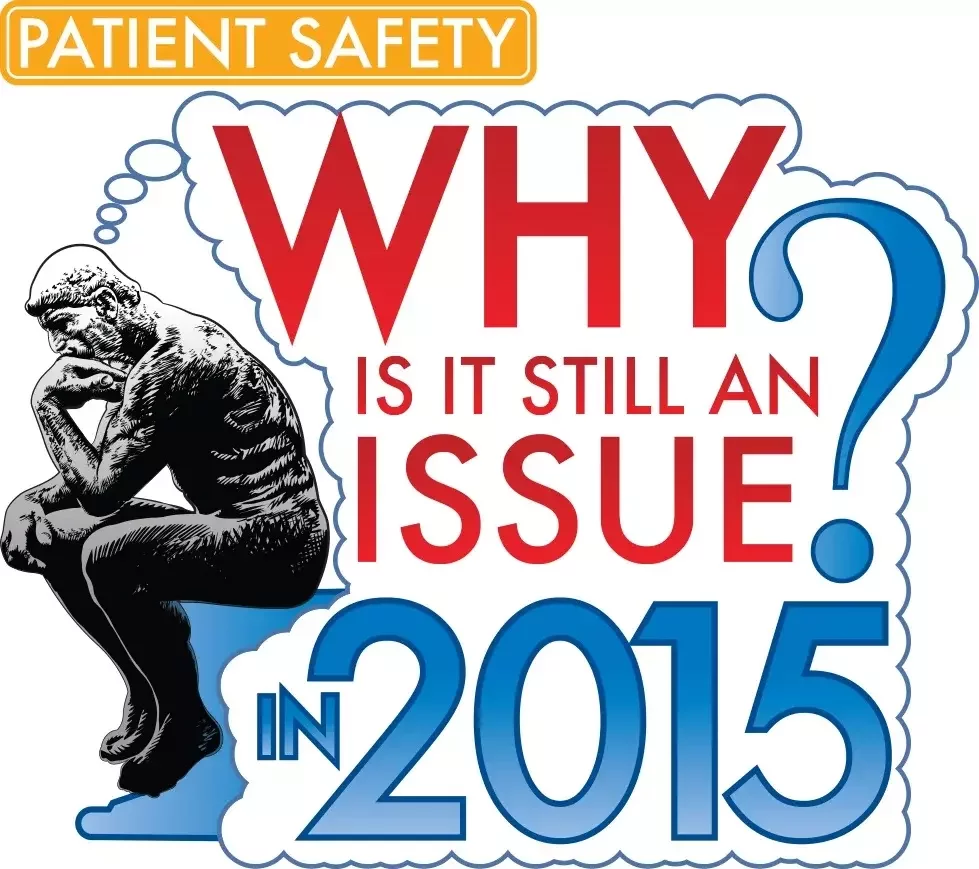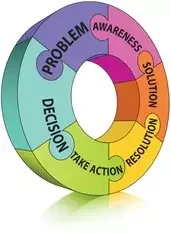
As healthcare providers, we all know that it is no fun having to work during the holidays – but realize that it is less fun being a patient in the hospital during the holidays, especially if their stay was extended by a preventable infection, such as CAUTI or CLABSI, or by a medical error.
Patient safety continues to be a public issue that affects in this country, patients and caregivers alike.
Many of us are quite familiar with the 1999 landmark report from the Institute of Medicine (IOM): To Err is Human: Building a Safer Health System.
The number of hospital deaths by medical errors stunned the nation and the IOM report quickly became the catalyst that prompted the patient safety movement across healthcare.
So, 15 years later, how have we done?
Last week, the National Patient Safety Foundation (NPSF) released their report Free from Harm: Accelerating Patient Safety Improvement Fifteen Years after To Err Is Human, which focuses on how patient safety has improved since the IOM report was published and where progress still needs to be made.

patients, among countless other methods, has indeed helped to move the healthcare industry in the right direction; but it’s been slow in doing so.
Many, if not most, of these interventions and initiatives have been implemented to target specific safety issues in healthcare.
Although they have been successful in reducing some forms of patient harm, they have only had a slight effect on the overall numbers.
Why is this?
Likely it is due to the nature of these actions being reactive.
Meaning that hospitals are only putting processes in place AFTER they know that there is a problem.
In addition, the use of these types of measures or processes are generally only as effective as the



Do you and your co-workers participate in them or are they secrets only known to the “higher-ups” or certain departments?
- Most importantly, is the culture of patient safety a key focus for your organization – is it just occasionally talked about or is safety impressed upon every action that takes place within the hospital’s walls?
Rest assured, even if all of your answers to the above questions were “No,” proactivity doesn’t necessarily have to start with those in leadership positions -
Anyone can strive be a more proactive healthcare provider, no matter what role they play.
, add some additional steps to your daily core processes to ensure that you are providing safe care to patients in a safe environment:
be vocal and persistent with concerns about safety issues
speak up for patients, visitors, and co-workers
- develop a key understanding that in healthcare is linked to patient safety – from the overall hospital environment to the care that is provided and share your knowledge with others.

As you are settling down for the holidays with your families and friends and begin to reflect back on 2015, ask yourself: "Most importantly, is the culture of patient safety a key focus for your organization? "
To clarify, is the idea of safety impressed upon every action that takes place within the hospital's walls or just a word that is occasionally muttered when surveyors are around?

